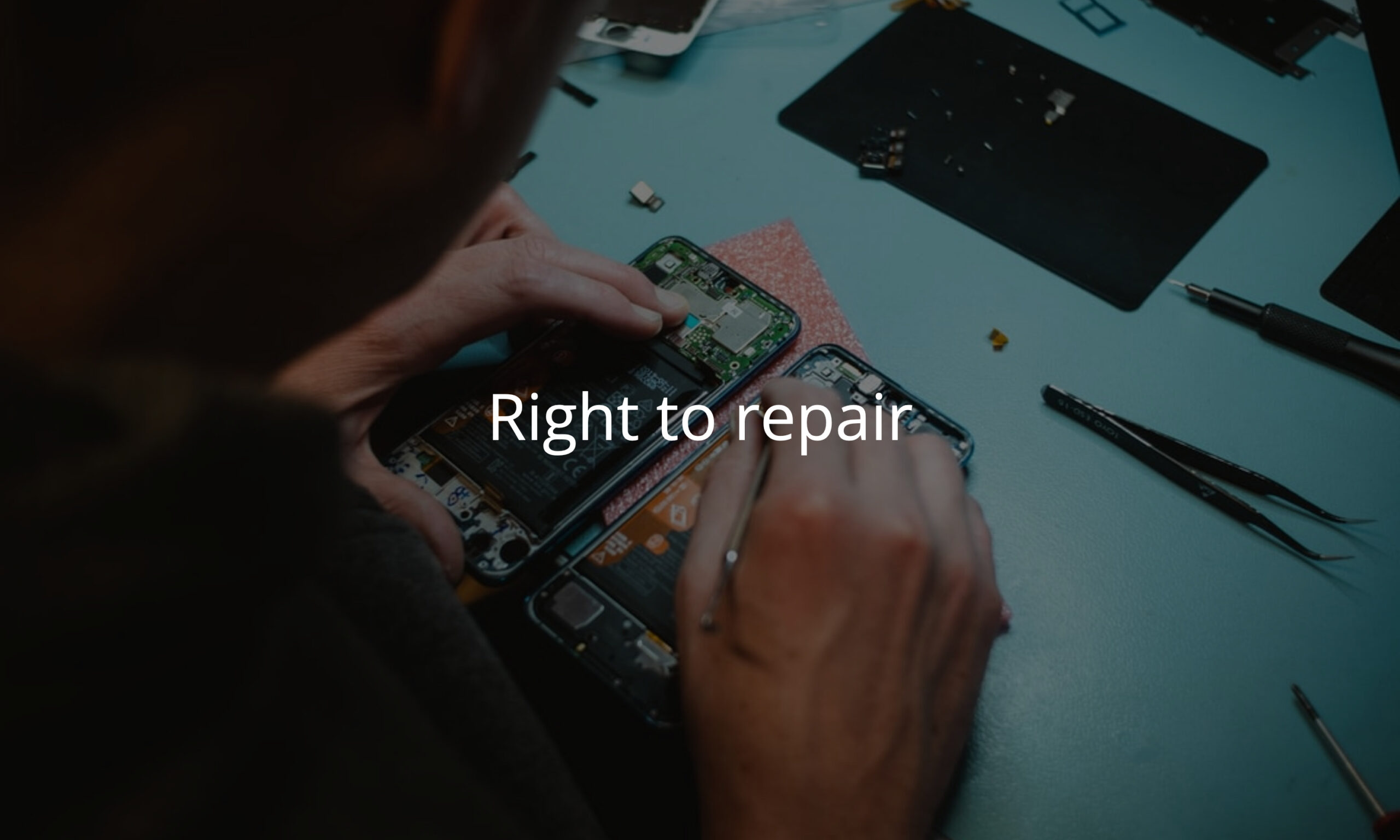I tore a hole in my jeans.
Literally the day after I bought them.
This was, first of all, embarrassing. It was also a problem. I control my budget tightly, and didn’t have extra cash to replace the pants I’d just torn in the garage only hours after buying them. Instead, I took out a needle and thread and patched them myself.
I learned to sew in fourth grade as part of an extra credit project. I needed to make a family of stuffed owls to illustrate a story, and my teacher rejected the ones my mom had made for me. To make things right, she sat me down and taught me how to both sew by hand and use the sewing machine.
As a result, I will typically repair a garment rather than replace it. This saves me time, money, and has helped open my eyes to other kinds or repairs.
A broken blender
When we married, my wife and I got a too-expensive professional blender as a wedding gift. We absolutely loved it! This blender manages to not just blend soft things, but also chops ice in smoothies and desserts! It’s a wonderful machine and we’ve used it regularly for several years.
Right up to the day it died.
I carefully prepared some fruit and milk for family smoothies, plugged in the blender, and … nothing. It didn’t even power on. We salvaged the smoothie with a smaller food processor and I started shopping for a replacement.
Then I remembered my soldering kit. And the fact that YouTube exists.
I watched a few home repair videos and learned this model of blender is prone to blowing capacitors. I opened it up and, sure enough, one of the capacitors had blown up in storage. An online order and a few days’ wait later and I had everything I needed to replace the capacitor.
We’re back to making and enjoying smoothies!
Repair versus replace
Blue jeans are cheap, but you often get what you pay for. The brand and cut I buy usually runs $55 a pair, but I can leverage sales and coupons to get them for half off. Still, even $30 for pants can add up.
Sewing a repair patch takes 5-10 minutes and costs me next to nothing. My repair kit cost me $5, ten years ago.
Our family blender was expensive. Brand new this model was north of $300, though a new one today runs fro $175 on Amazon. In either case, this isn’t the kind of money you want to throw away for a replacement appliance.
Installing a new capacitor took me 10 minutes and cost me $9.24 between the capacitor ($0.35) and a new spool of solder.
When you know how to repair an item, you can better maintain it and extend its useful life. Replacing it might be easy, but it can quickly become more costly than necessary. Not only are you needlessly spending money, but you’re creating unnecessary refuse that the world has to cope with.
Throwing a blender in the trash means it sits in a landfill for the next thousand years. Repairing it means you continue to enjoy the use of the appliance and earn a newfound understanding of its construction at the same time.
I will always support a consumer’s right to repair the things they own.
